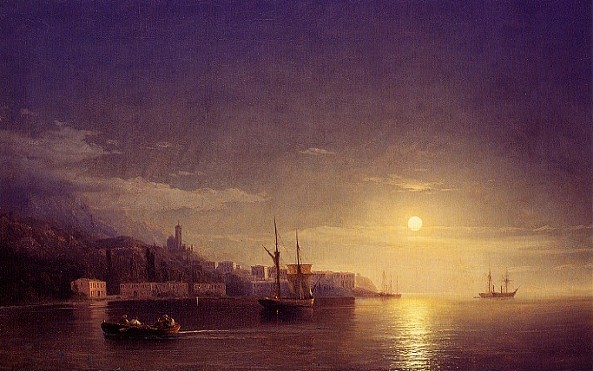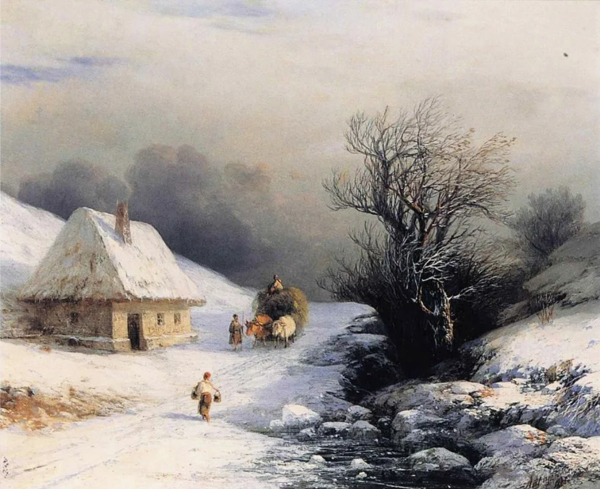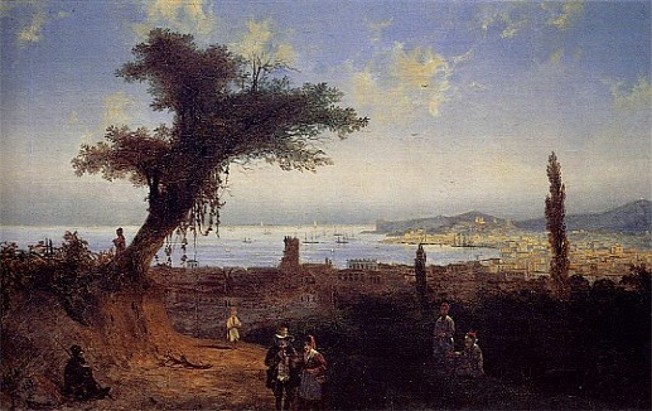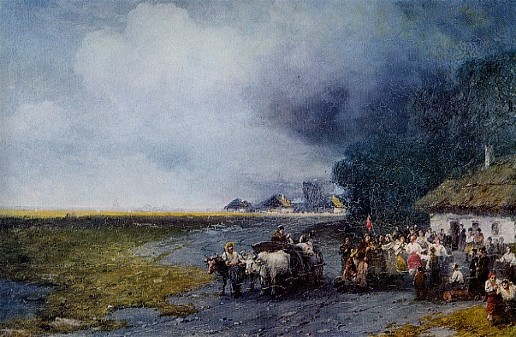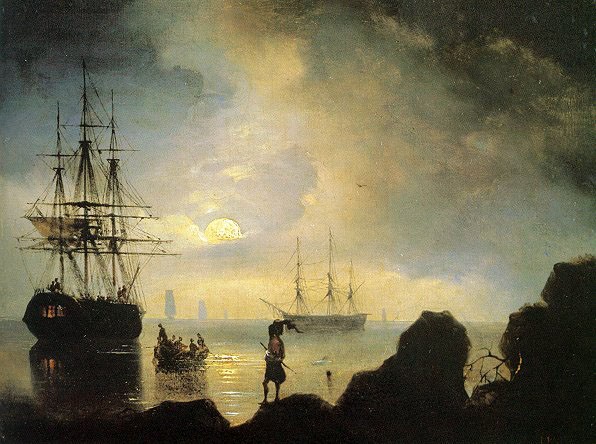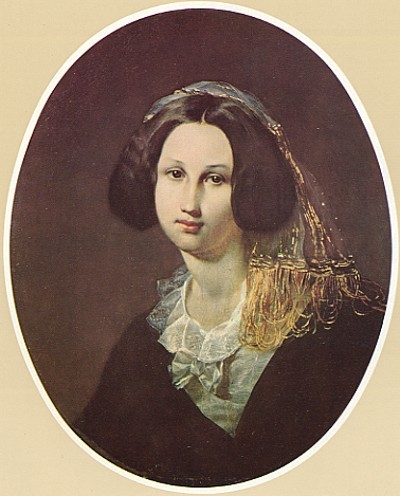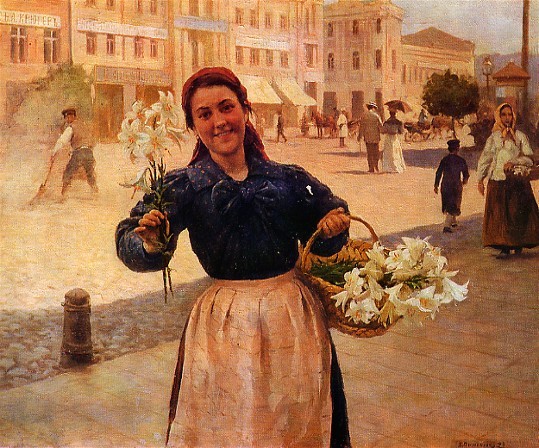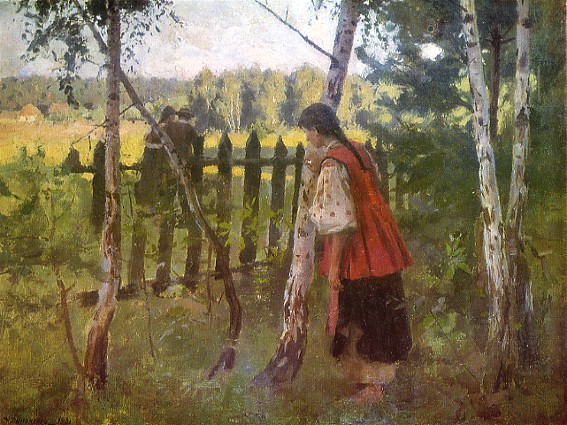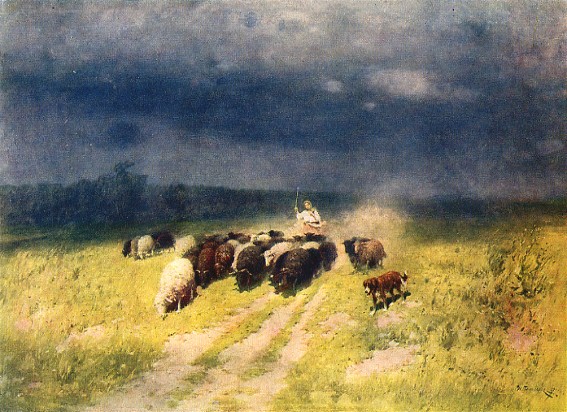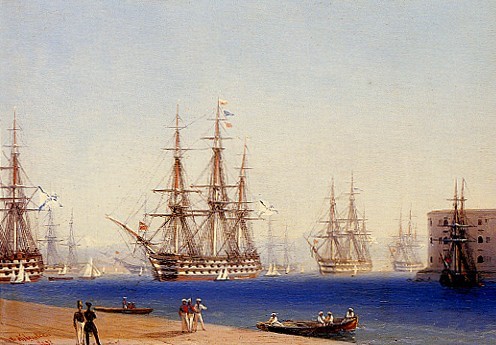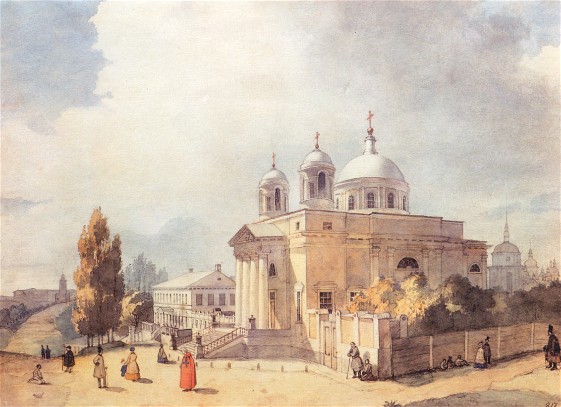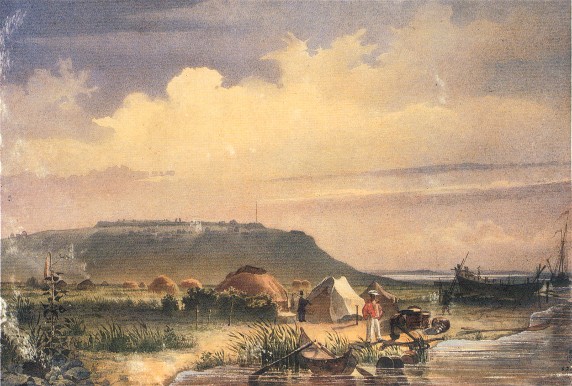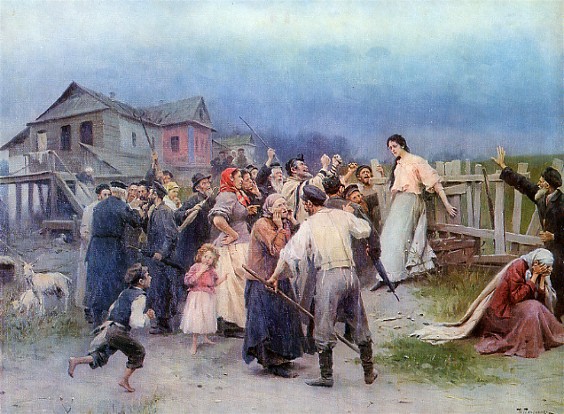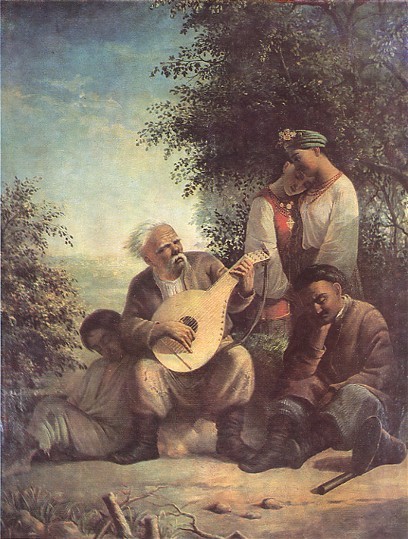Academism
Academism [Академізм; Akademizm]. Art movement based on ancient Greek esthetics and on the dogmatic imitation of primarily classical art forms. Academism first arose in the art academies of Italy in the 16th century and then in France; later it spread to other countries. Art academies were founded in Rome, Paris, Vienna, Berlin, Saint Petersburg, Munich, Cracow, and other cities. Most notably, academism was influenced by the standards of the French Académie des Beaux-Arts in Paris, whose representatives followed the movements of Classicism and Romanticism in an attempt to create a synthesis of these styles and traditions. In this context, academism may also be referred to as ‘L’art pompier’ or ‘eclecticism.’ Another trend during this period, referred to as ‘historicism,’ focussed on producing stylized paintings on historical themes aiming to represent the era in history that the painting depicted. Academism also placed particular importance on allegory in art since paintings were desired to embody an ‘idée,’ a full and complete idea. Opposed to realism, academism strived toward elevated idealism in art, often choosing religious, or even more frequently, mythological themes and motifs for the subject matter for paintings.
Many Ukrainian artists graduated from art academies in Saint Petersburg, Vienna, Cracow, or Paris; for example, Antin Losenko, Ivan Buhaievsky-Blahodarny, Havrylo Vasko, Ivan Soshenko, Taras Shevchenko, Dmytro Bezperchy, Volodymyr Orlovsky, Apollon Mokrytsky, Ivan Aivazovsky, Pymen Orlov, Kornylo Ustyianovych, Teofil Kopystynsky, Kyriak Kostandi, and others. As advanced schools of art theory and practice, the academies played a positive role in the development of these artists, but eventually their conservatism and dogmatism, their restriction of artistic freedom, and their narrow limits on the selection of theme and formal means (composition, color, technique) called forth a strong reaction among progressive artists, beginning in the 18th century. These artists organized their own art groups with anti-academic programs, such as the romantics, the Peredvizhniki, the impressionists, and the Secessionists. Ukrainians—for example, Taras Shevchenko, Mykola Ge, Ivan Kramskoi, Oleksander Lytovchenko, Mykola Bodarevsky, Mykola Pymonenko, and Mykola Yaroshenko, and in time the Ukrainian impressionists—participated in this reaction too. The principles of academism were later revived in the 20th century in Soviet art in Ukraine and primarily manifested itself in socialist-realist portraiture, which was photographically accurate and conformed to officially approved models.
Sviatoslav Hordynsky, Marko Robert Stech
[This article was updated in 2020.]

.jpg)
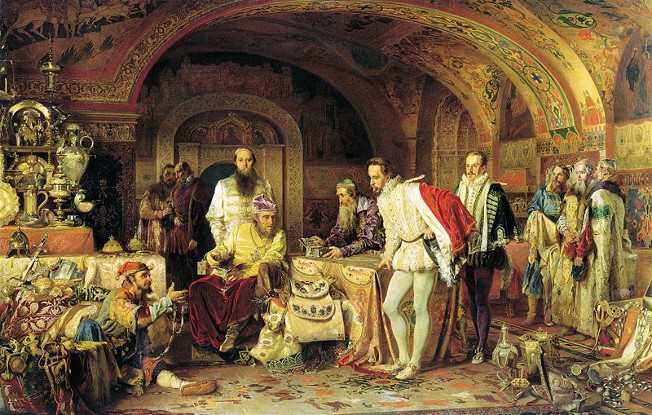
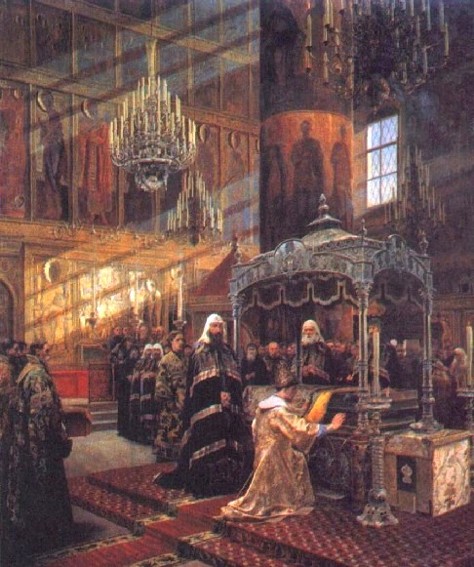
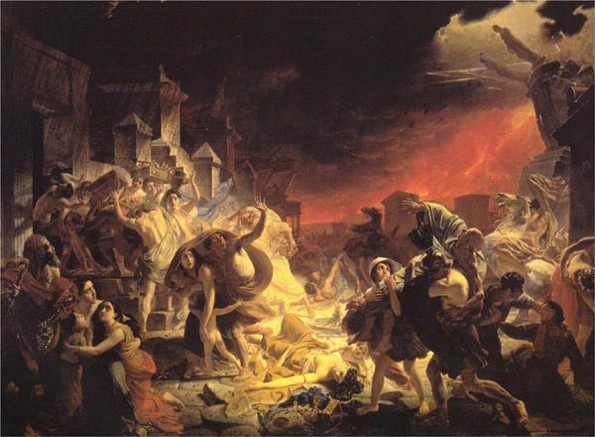
.jpg)
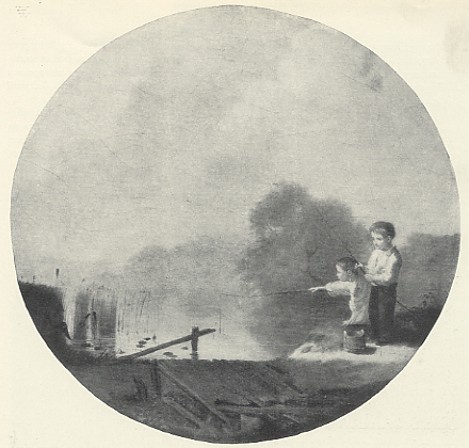
.jpg)
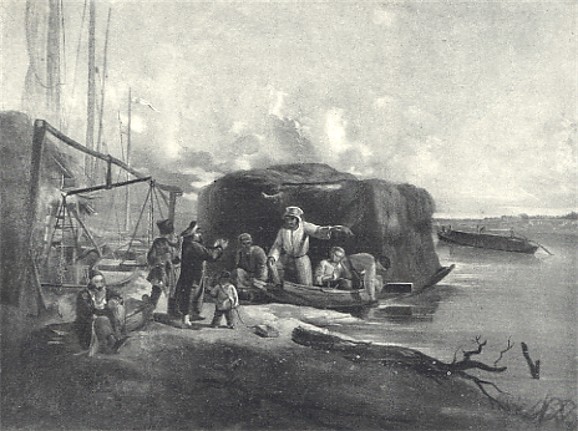
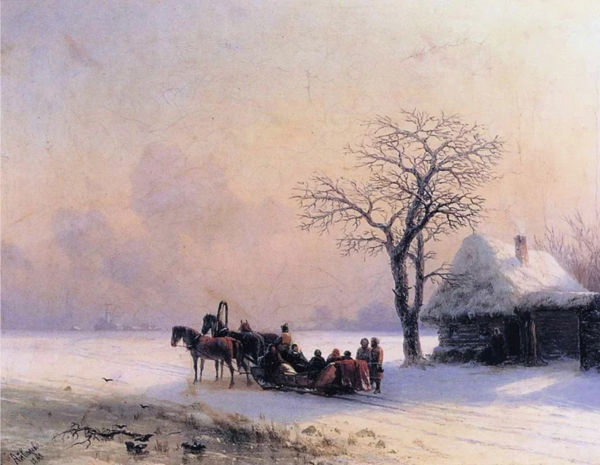
.jpg)
